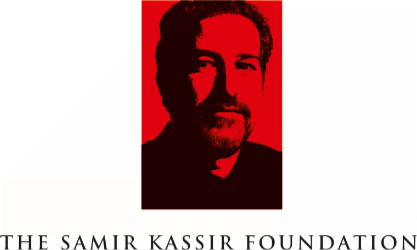The Government

Within Sri Lanka’s post-independent landscape, a significant section of the media has been owned by the state. The Associated Newspapers of Ceylon Limited (ANCL) is a state-owned publishing house, whereas the Sri Lanka Rupavahini Corporation (SLRC) and the Independent Television Network Limited (ITN) are state-owned TV broadcasters. Meanwhile, the Sri Lanka Broadcasting Corporation (SLBC) remains the official state-owned radio broadcaster. In addition to having a direct foothold in media ownership, the state also acts as a regulatory body in both print and electronic media through the Sri Lanka Press Council (SLPC) and the Telecommunications Regulatory Commission (TRC). These institutions, excluding the TRC and the SLRC, come under the purview of the Ministry of Mass Media. In 2019, the SLRC was brought under the Ministry of Defence.
In the print sector, the state holds a stake through ANCL, more commonly known as Lake House. This institution was established under the Associated Newspapers of Ceylon Limited No. 35 of 1981. Prior to this, it was a private entity formed by the Lake House Group. Presently, 87.56 percent of ANCL’s total number of shares are vested in the Public Trustee on behalf of the government. The Public Trustee belongs to the Department of Public Trustees, which was established under the Public Trustee Ordinance No. 1 of 1922. This body comes under the purview of the Ministry of Justice and Prison Reforms.
The earliest role of the state in electronic media was documented with the establishment of the SLBC. The Sri Lanka Broadcasting Corporation Act No. 37 of 1966 transformed the Department of Broadcasting (formerly known as Radio Ceylon) into a statutory corporation. The Act is further used by the Ministry to issue licences to private broadcasting stations. In relation to TV broadcasting, the SLRC was established under the Sri Lanka Rupavahini Corporation Act No. 6 of 1982. It is the official state-owned TV broadcasting service and the Act is used by the respective Minister to issue private TV broadcasting licences. However, the first TV broadcasting station was a private venture by the Independent Television Network (ITN). The station was nationalised into a state-owned company. It currently operates under the purview of the Sri Lanka Rupavahini Corporation Act No. 6 of 1982.
While SLRC is funded by taxpayer money, the main source of income of the SLRC and ITN is the sale of airtime for sponsored programmes and commercials. In 2012, the SLRC Annual Report included a source by way of a ‘government grant’ amounting to LKR 11 million. By contrast, the SLBC is heavily reliant on taxpayer money funded by the Treasury (under the Ministry of Finance). Furthermore, the current framework grants excessive powers of appointments and removal of board members to the Ministry over the aforementioned state institutions. The lack of specification of qualifications and criteria for the appointment in the Acts possibly permits the Ministry to occupy a more centralised role in the organisational structure.
Lastly, as per the state’s stake in regulatory bodies, the Sri Lanka Press Council Law No. 5 of 1973 set up the SLPC. In the past, this body was reportedly used as a tool of intimidation to investigate complaints against the media, impose penalties and register newspapers. In 2015, after President Maithripala Sirisena came into power he directly appointed the new members and re-activated the SLPC. On the other hand, the TRC was established under the Telecommunications Act No. 25 of 1991 and issues licences for the frequencies of broadcasting services. Here too appointments made to the commission have a tendency to be heavily politicised. For instance, both Presidential Secretariats of the former and incumbent governments have presided over the position of Chairperson to the TRC.
Further Information
Meta Data
Information on the government media outlets and regulation was available in official websites of the government as well as secondary sources. The ownership structure was gathered through the annual returns available at the Department of Registrar of Companies.
















